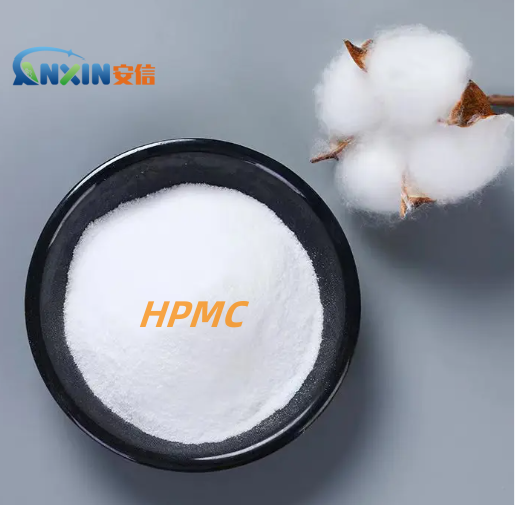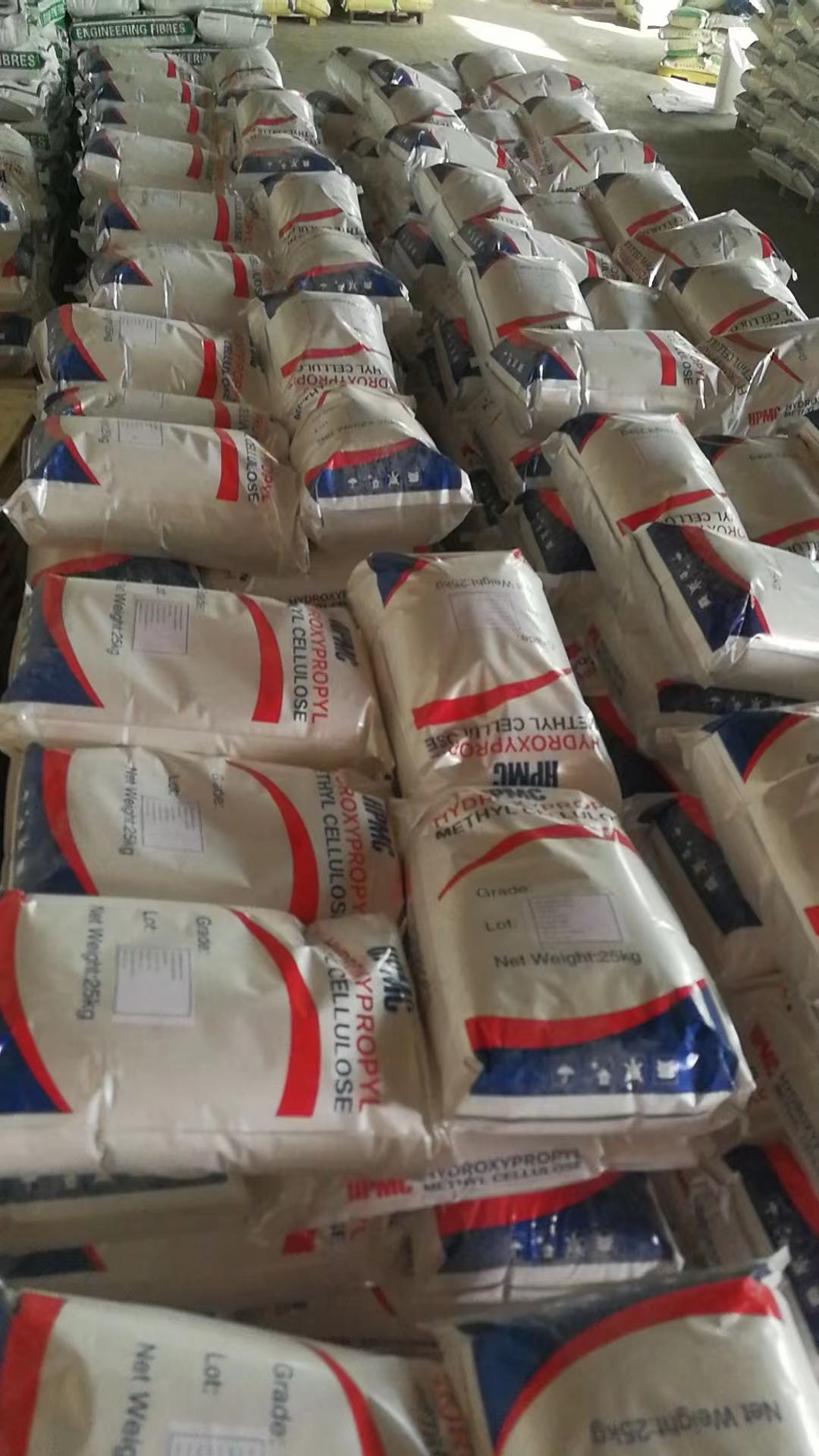Why Cellulose (HPMC) is an Important Component of Gypsum
Cellulose, specifically Hydroxypropyl Methylcellulose (HPMC), is indeed a crucial component in gypsum-based products, especially in applications like construction, pharmaceuticals, and food industries. Its importance stems from its unique properties and the valuable roles it plays in enhancing the performance, functionality, and sustainability of gypsum-based materials.
1. Introduction to Cellulose (HPMC) and Gypsum
Cellulose (HPMC): Cellulose is a naturally occurring polysaccharide found in the cell walls of plants. Hydroxypropyl Methylcellulose (HPMC) is a derivative of cellulose, modified through chemical processes for various applications.
Gypsum: Gypsum, a mineral composed of calcium sulfate dihydrate, is widely used in construction for its fire resistance, sound insulation, and mold resistance properties. It is commonly found in materials like plaster, wallboard, and cement.
2. Properties of HPMC
Water Solubility: HPMC is soluble in water, forming a clear, viscous solution, making it suitable for various formulations.
Thickening Agent: HPMC acts as an effective thickening agent, improving the workability and consistency of gypsum-based mixes.
Film Formation: It can form flexible and durable films, contributing to the strength and durability of gypsum products.
Adhesion: HPMC enhances adhesion, promoting better bonding between gypsum particles and substrates.
3. Functions of HPMC in Gypsum
Improved Workability: HPMC improves the workability of gypsum-based mixes, facilitating easier handling and application.
Enhanced Water Retention: It helps in retaining water within the mix, preventing premature drying and ensuring uniform hydration of gypsum.
Reduced Shrinkage and Cracking: HPMC mitigates shrinkage and cracking during the drying process, resulting in smoother and more uniform surfaces.
Increased Strength and Durability: By promoting better adhesion and cohesion, HPMC contributes to the overall strength and durability of gypsum products.
Controlled Setting Time: HPMC can influence the setting time of gypsum, allowing for adjustments to meet specific application requirements.
4. Applications of HPMC in Gypsum Products
Plastering Compounds: HPMC is commonly used in plastering compounds to improve adhesion, workability, and crack resistance.
Joint Compounds: In joint compounds for drywall finishing, HPMC helps in achieving smoother finishes and reducing shrinkage.
Tile Adhesives and Grouts: It is utilized in tile adhesives and grouts to enhance bonding strength and water retention.
Self-Leveling Underlayments: HPMC contributes to the flow properties and self-leveling characteristics of gypsum-based underlayments.
Decorative Molding and Casting: In decorative molding and casting applications, HPMC aids in achieving intricate details and smoother surfaces.
5. Impact on Industry and Sustainability
Performance Enhancement: The incorporation of HPMC improves the performance and quality of gypsum-based products, leading to higher customer satisfaction and market competitiveness.
Resource Efficiency: HPMC allows for the optimization of material usage and reduction of waste by enhancing workability and reducing defects.
Energy Savings: By reducing drying time and minimizing rework, HPMC contributes to energy savings in manufacturing processes.
Sustainable Practices: HPMC, derived from renewable sources, promotes sustainability in product formulations and manufacturing practices.
6. Challenges and Future Perspectives
Cost Considerations: The cost of HPMC can be a significant factor in product formulations, necessitating a balance between performance and economics.
Regulatory Compliance: Compliance with regulations and standards regarding ingredient usage and product performance is essential for market acceptance.
Research and Development: Ongoing research and development efforts are focused on further enhancing the properties and functionalities of HPMC for diverse applications.
Summary of Importance: Cellulose (HPMC) plays a vital role in gypsum-based products, contributing to improved performance, workability, and sustainability.
Versatile Applications: Its diverse applications across various industries highlight its significance and relevance in modern manufacturing and construction practices.
Future Directions: Continued advancements in technology and formulations are expected to further expand the utilization and benefits of HPMC in gypsum-based materials.
the inclusion of Cellulose (HPMC) in gypsum formulations significantly enhances the properties and performance of gypsum-based products across various applications. Its multifaceted functionalities, coupled with its sustainability profile, make it an indispensable component in modern construction, pharmaceutical, and food industries. As research and development efforts persist, the synergy between cellulose derivatives like HPMC and gypsum is poised to drive innovation and sustainability in materials science and engineering.
Post time: Apr-02-2024


